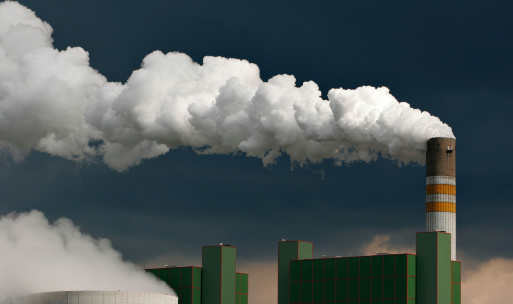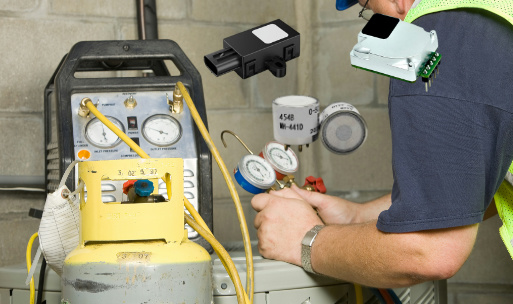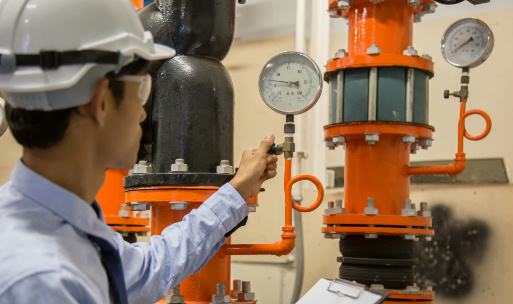Embracing the Future: Exploring the Concept of Smart Farming
Modern agriculture is undergoing a significant transformation due to advancements in technology and the adoption of innovative farming practices. One such practice that has gained considerable attention is smart farming. In this article, we will delve into the concept of smart farming, its benefits, and how it is revolutionizing the agricultural industry.
What is Smart Farming?
Smart farming, also known as precision agriculture, is an approach that utilizes cutting-edge technologies to optimize agricultural practices and improve overall farm efficiency. It involves the integration of various technologies, such as sensors, drones, artificial intelligence (AI), and data analytics, to monitor and manage agricultural processes with precision and accuracy.
Overview of Smart Farming Elements
Air
Monitoring air quality is essential for understanding environmental conditions that can affect plant growth and animal health. Sensors can measure parameters such as temperature, humidity, carbon dioxide levels, and air pollution, providing farmers with real-time data to optimize farming practices and ensure a healthy agricultural environment.
Soil
Soil quality is critical for crop growth and nutrient availability. Soil sensors can measure moisture content, temperature, pH levels, and nutrient levels. By continuously monitoring soil conditions, farmers can make informed decisions about irrigation, fertilization, and soil management, leading to improved crop productivity and resource conservation.
Water Quality
Water is a precious resource in agriculture, and its quality directly affects plant and animal health. Water quality sensors can monitor parameters such as pH, dissolved oxygen, conductivity, and nutrient levels. By ensuring optimal water quality, farmers can prevent waterborne diseases, reduce chemical usage, and enhance the efficiency of irrigation systems.
Light & IoT
Light is a vital factor influencing plant growth and development. Light sensors can measure parameters such as intensity, spectrum, and duration. By monitoring light conditions, farmers can optimize the use of artificial lighting in greenhouse cultivation, ensuring that crops receive the right amount and quality of light for optimal growth, regardless of external weather conditions.
The Internet of Things (IoT) plays a central role in smart farming by connecting sensors, devices, and systems. IoT platforms collect and analyze data from sensors in real-time, enabling farmers to make data-driven decisions. IoT integration allows for remote monitoring, automated control of agricultural processes, and the implementation of predictive analytics, resulting in improved efficiency and productivity.
5 Benefits Of Smart Farming
Increased Efficiency
Smart farming enables farmers to make data-driven decisions, leading to optimized resource allocation, reduced waste, and increased productivity. By monitoring and adjusting factors like water usage, fertilizer application, and pest control, farmers can achieve higher crop yields while minimizing inputs.
Resource Conservation
Precision agriculture techniques help conserve valuable resources such as water, fertilizers, and pesticides. By precisely applying these inputs based on crop needs and environmental conditions, farmers can minimize their impact on the environment and reduce costs.
Improved Crop Quality
Smart farming allows farmers to closely monitor crop health, detect diseases, and address issues in their early stages. This proactive approach helps maintain crop quality and reduce the use of chemicals, resulting in healthier and safer food production.
Cost Savings
By optimizing inputs and reducing waste, smart farming can result in significant cost savings for farmers. The use of automation and robotics also reduces labor costs and increases operational efficiency.
Sustainability and Environmental Stewardship
Smart farming promotes sustainable agricultural practices by minimizing the environmental impact of farming operations. By reducing the use of water, fertilizers, and pesticides, farmers can contribute to environmental conservation and protect natural resources.
















